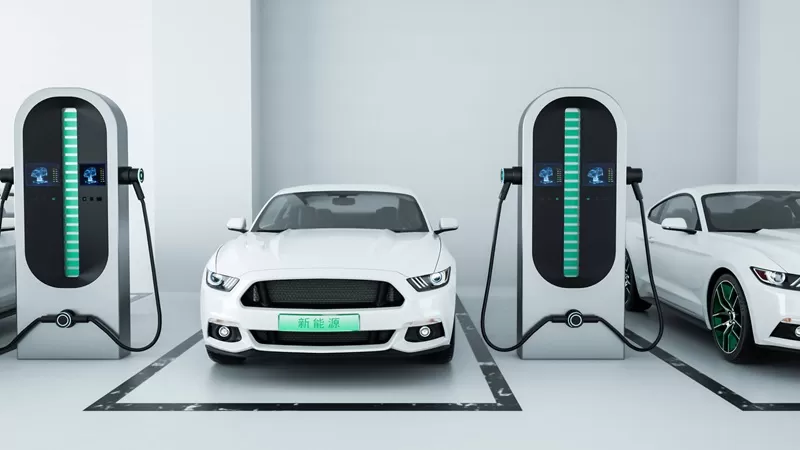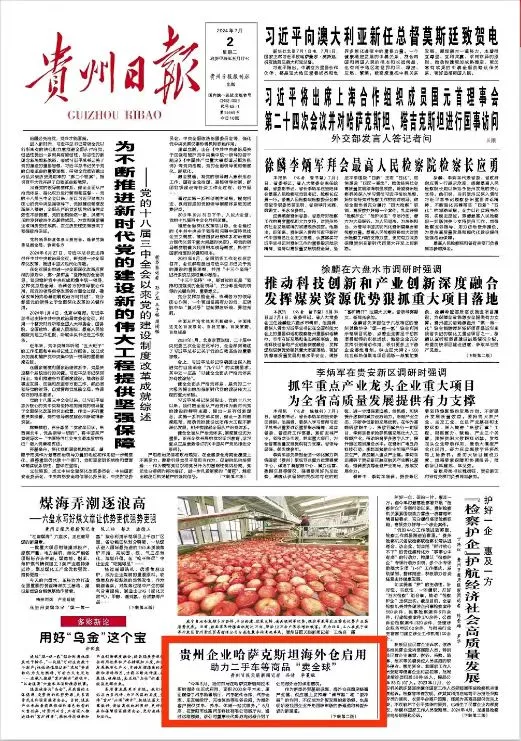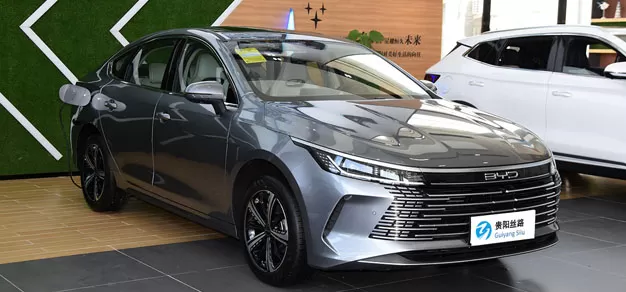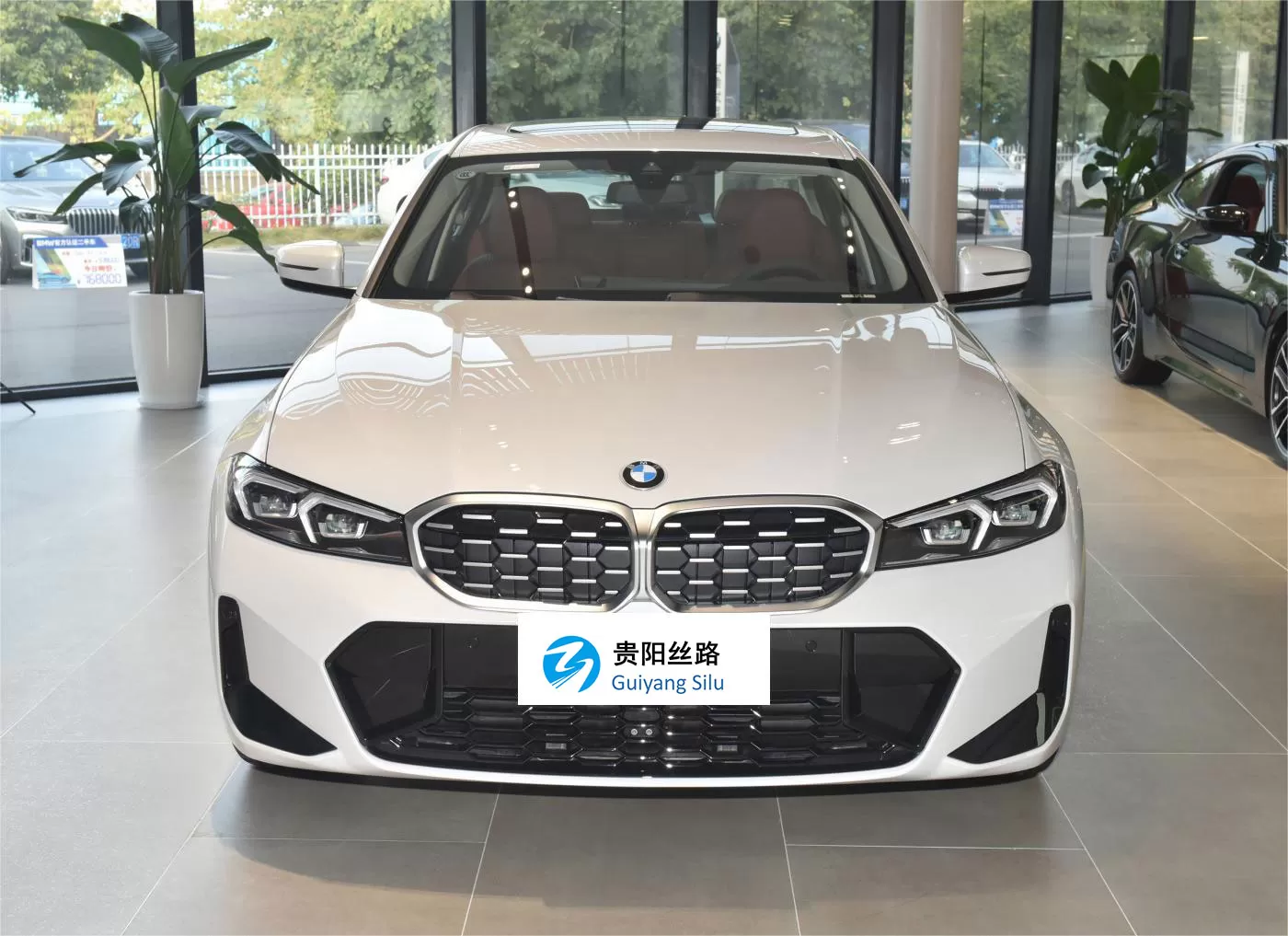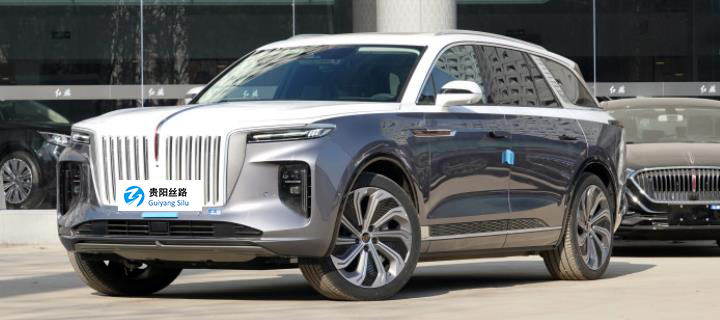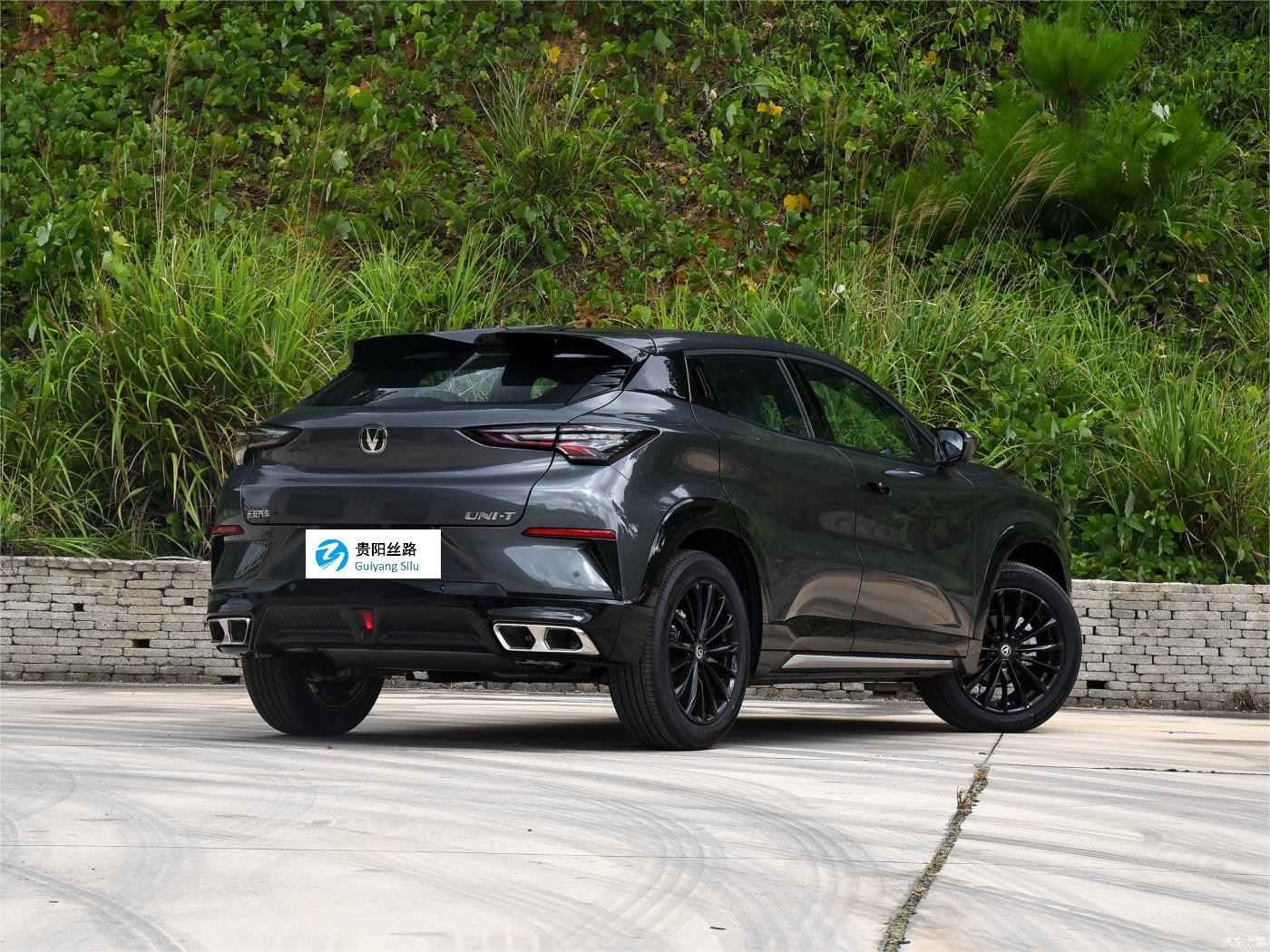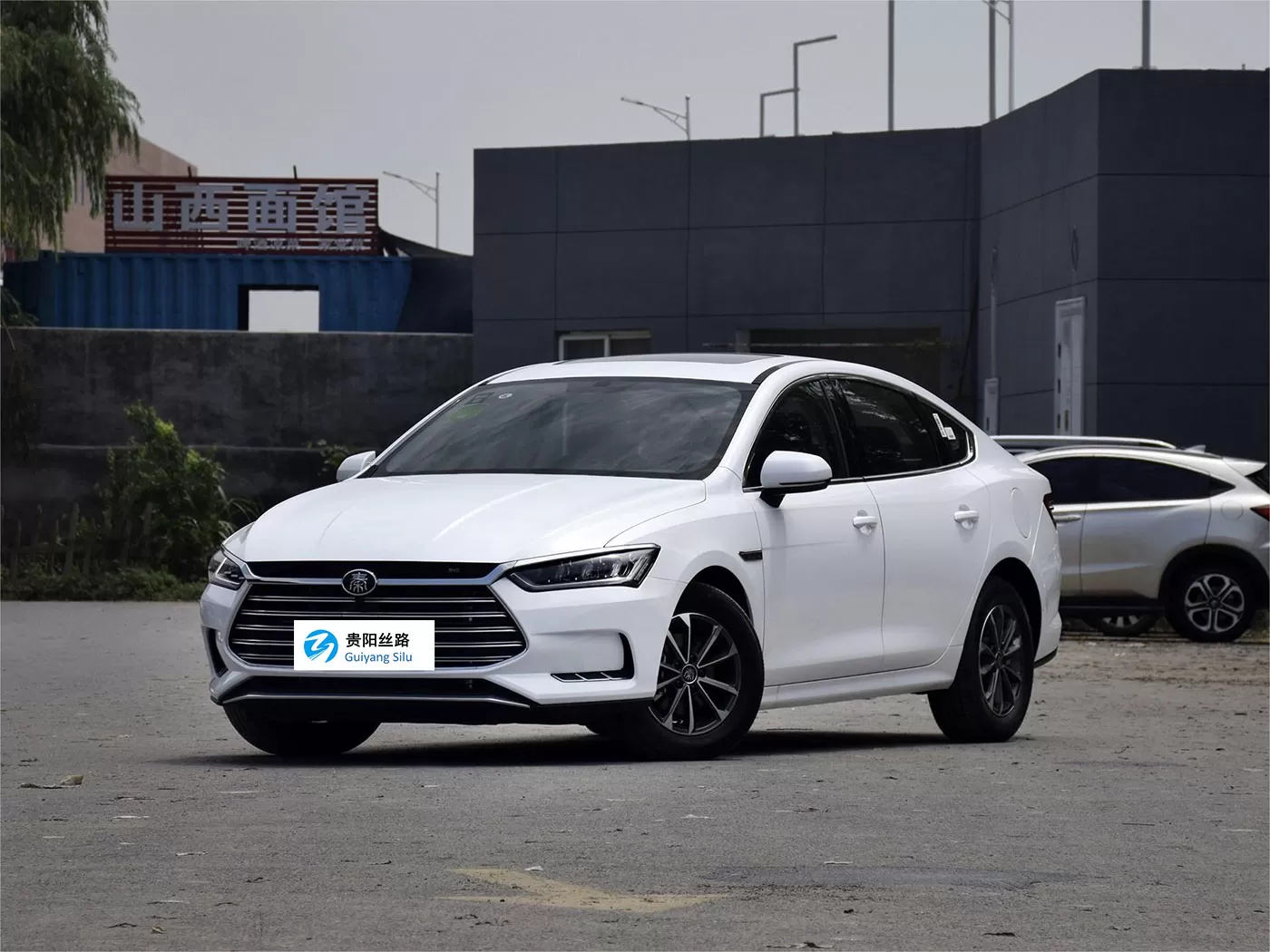
Analysis of the Current Status of Import and Export of New Energy Vehicle Industry
Analysis of the Current Status of Import and Export of New Energy Vehicle Industry
The global automotive industry is undergoing a transformative shift towards new energy vehicles (NEVs), driven by the need to reduce carbon emissions, comply with stringent environmental regulations, and cater to changing consumer preferences for sustainable transportation solutions. The import and export dynamics of the NEV industry are pivotal in shaping the global market landscape. Recent data from the China Business Information Network highlights significant trends and developments in this sector.
Production and Sales Trends
In April 2024, China's NEV production reached 870,000 units, and sales were at 850,000 units, marking year-on-year increases of 35.9% and 33.5%, respectively. NEV sales accounted for 36% of the total new vehicle sales in China for that month. From January to April 2024, NEV production totaled 2.985 million units, with sales at 2.94 million units, reflecting year-on-year growth rates of 30.3% and 32.3%. NEVs constituted 32.4% of all new vehicle sales in this period.
These figures underscore China's robust growth in NEV production and sales, driven by substantial investments in technology and supportive government policies. The steady increase in the proportion of NEVs in total vehicle sales indicates a significant shift towards greener mobility solutions.
Domestic Market Performance
The domestic sales of NEVs in April 2024 were 736,000 units, a slight decrease of 2.9% from the previous month but a notable increase of 37.3% year-on-year. From January to April 2024, domestic NEV sales reached 2.52 million units, up 34.4% compared to the same period in the previous year.
The slight month-on-month decline in April suggests some market saturation or short-term factors affecting sales, but the strong year-on-year growth highlights the increasing acceptance and demand for NEVs among Chinese consumers. This trend is likely supported by government incentives, expanding charging infrastructure, and growing environmental awareness.
Export Dynamics
In April 2024, China exported 114,000 NEVs, an 8.6% decrease from the previous month but a 13.3% increase year-on-year. From January to April 2024, NEV exports totaled 421,000 units, up 20.8% year-on-year.
The decrease in month-on-month exports in April could be attributed to logistical challenges, international market fluctuations, or geopolitical factors. However, the significant year-on-year growth in exports indicates China's strengthening position as a leading global supplier of NEVs. Chinese NEV manufacturers are increasingly targeting international markets, capitalizing on their technological advancements and competitive pricing.
Factors Influencing Import and Export Dynamics
Government Policies and Incentives
Government policies are crucial in shaping the import and export landscape of the NEV industry. China's NEV market benefits from favorable policies such as subsidies, tax incentives, and investments in charging infrastructure. These measures not only boost domestic sales but also enhance the global competitiveness of Chinese NEVs.
Technological Advancements
Technological advancements in battery technology, vehicle efficiency, and autonomous driving capabilities significantly impact the competitiveness of NEVs in the global market. China’s focus on R&D and innovation has enabled it to produce high-quality, cost-effective NEVs that appeal to international buyers.
Economic Factors
Economic stability, exchange rates, and trade agreements play a vital role in NEV trade. Favorable economic conditions and supportive trade policies can enhance import and export activities, while economic downturns or unfavorable exchange rates can pose challenges.
Challenges in the NEV Import and Export Market
Trade Barriers
Despite the growth prospects, trade barriers such as tariffs, import restrictions, and non-tariff barriers can hinder the free flow of NEVs between countries. Addressing these barriers through international cooperation and trade agreements is essential for the sustained growth of the NEV market.
Supply Chain Issues
The NEV industry faces supply chain challenges, particularly in sourcing raw materials for batteries, such as lithium, cobalt, and nickel. Disruptions in the supply chain can affect production and, consequently, the export capacity of key players in the market.
The current status of the import and export dynamics in the new energy vehicle industry highlights a robust growth trajectory, driven by technological advancements, supportive government policies, and increasing global demand for sustainable transportation solutions. China stands out as a dominant player, with significant contributions to both domestic and international NEV markets.
For the latest developments and expert insights into the NEV industry, visit Guiyang Silu Auto Technology. As a leader in automotive innovation, Guiyang Silu Auto Technology is dedicated to advancing the global NEV market and providing cutting-edge solutions for a sustainable future.
Data source: China Automobile Association, China Business Industry Research Institute
Hot News
Industry information
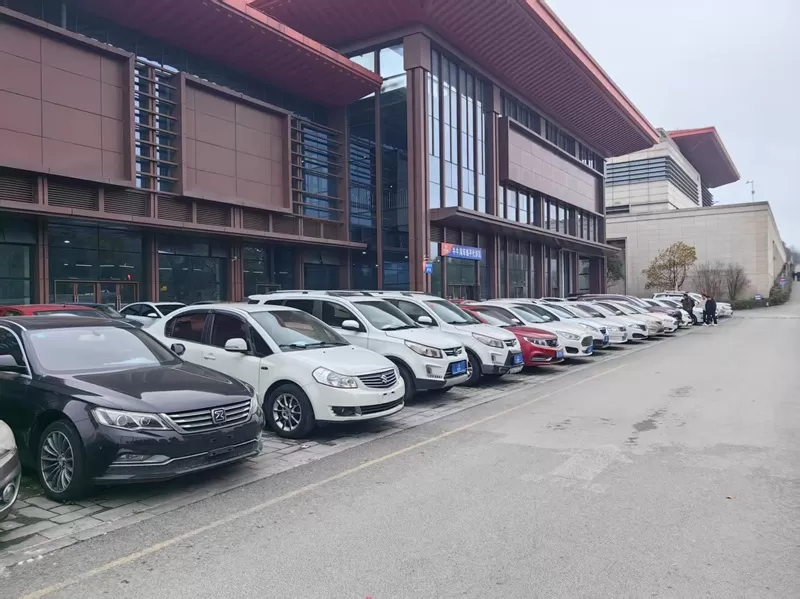
Silu car exporter provides high -quality products and services
December 04, 2023

In November, China's automobile exports increased by 1.3% month on month and 18.6% year-on-year
December 27, 2023

Guiyang Silu invites you to visit our Thailand exhibition
September 12, 2024
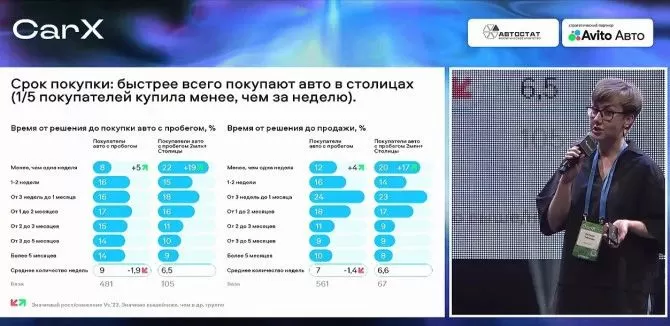
Russian used car buyer investigation: prefer car age 4-5 years
October 24, 2024

The United States lifts sanctions on 11 Russian banks
November 14, 2024

Which platform is reliable for buying used cars?
December 04, 2024

 EN
EN RU
RU
 AR
AR
 FR
FR
 PT
PT
 ES
ES
 FA
FA
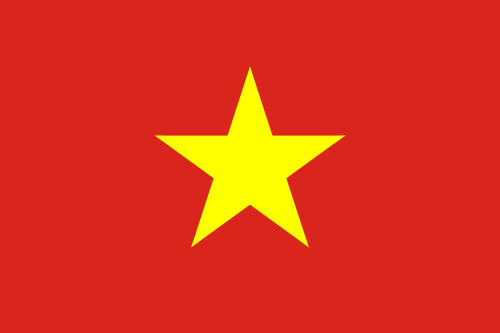 VI
VI
 KK
KK
 LA
LA
 KM
KM
 LO
LO
 JA
JA
